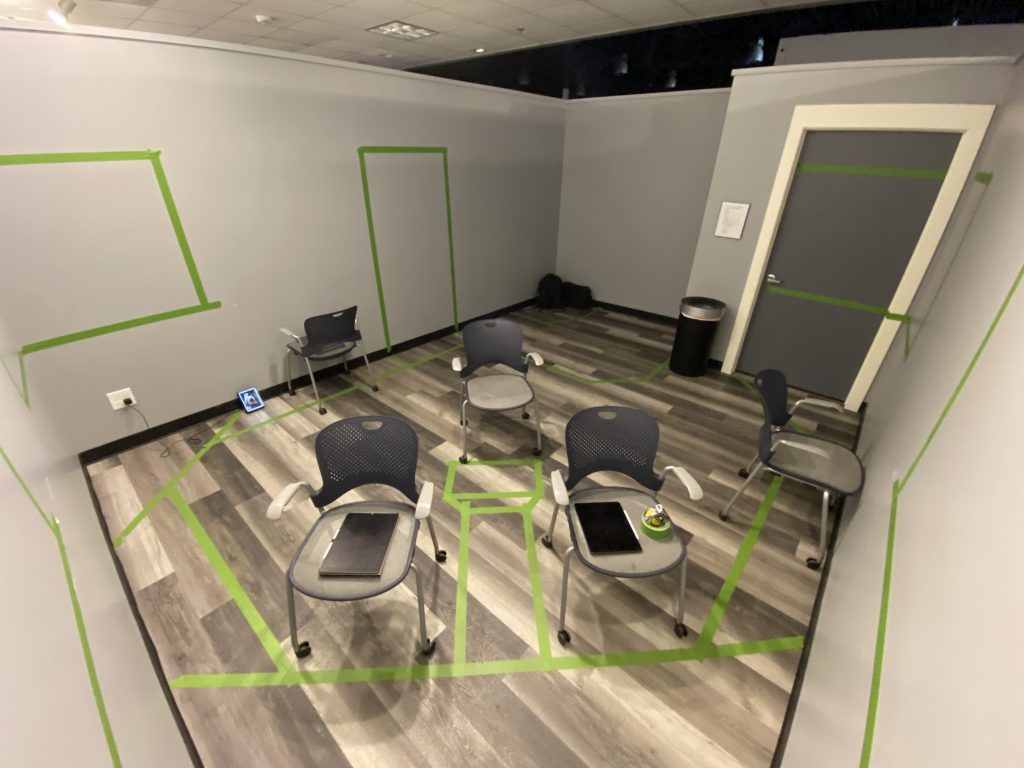From Concept to Reality: Navigating the Rubik’s Cube of Immersive Experiences
If you’ve ever attempted to solve a Rubik’s cube, you’re well aware of the interconnectedness of its colorful facets. One slight adjustment can drastically change the state of the puzzle, requiring strategic planning and careful maneuvering to realign. The creation of an immersive experience hinges upon a million and one tiny decisions about what goes where and why, and as we navigate this high-dimensional puzzle, factoring in the physical, virtual, social, technical, narrational, and economical aspects of our creation, each decision is a twist on this proverbial Rubik’s cube; a turn that could ripple through the rest of the project.
In the throes of designing an experience for Odyssey Augmented, we put a considerable twist on our puzzle. Our original plan, months in the making, was sliced in half to create not one, but two separate experiences. This decision came with a significant challenge: if we want to stay on schedule, we would need to redesign and restructure our room layout within a week.
Despite the time crunch, we were convinced there was significant value in this seemingly drastic move. By transforming our single, complex design into two separate experiences, we forced ourselves to distill our concept and optimize our resources with the goal to realize three major advantages:
- There was a reduced need to overhaul the existing physical infrastructure (walls, doors, etc).
- We could offer two unique experiences, essentially doubling the value to our audience.
- A smaller space is more cost-effective and also simpler to decorate and manage.
To quote Blaise Pascal’s famous adage, “I have only made this letter longer because I have not had the time to make it shorter.” In essence, we took a little more time but, in the end, we managed to ‘write a shorter letter’—in our case, design a more compact yet impactful immersive room.
However, transforming a design concept into reality is a multi-step process. We started by sketching multiple new rough physical layouts until we landed on a new design that fulfilled all of our requirements and matched the experience of the old larger design.

Next, we physically went to the room and mapped out the proposed structures with tape to make sure everything worked the way we planned and anticipated. This helped us visualize the space and work through potential issues that weren’t obvious in the drawing. However, the tape is only a shadow of the immersive experience to come.


Finally, we entered the realm of 3D design. Here, we created a mockup of the layout, another essential step to ensure our plan would translate seamlessly from paper (or screen) to reality.

This journey from an abstract idea to a tangible reality, much like solving a Rubik’s cube, requires patience, resilience, and a generous dose of creativity. We are thrilled to be on this journey and cannot wait to share the final experience with you all. If you like what you see and are eager to explore the experiences we are crafting, leave us a message or comment! We would love to hear from you as we continue our voyage through the fascinating world of immersive design.


